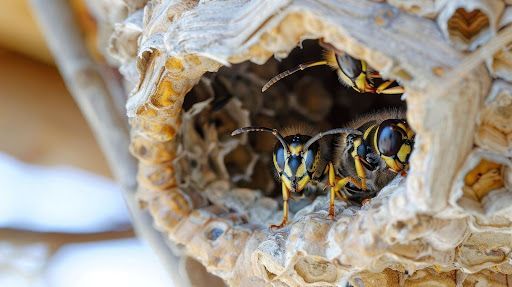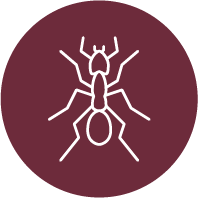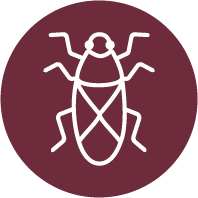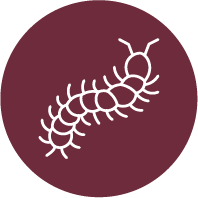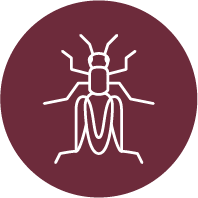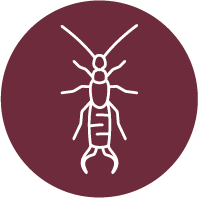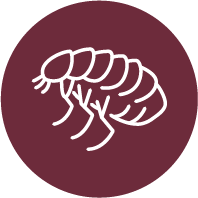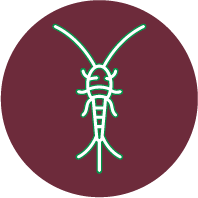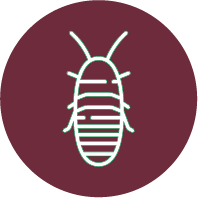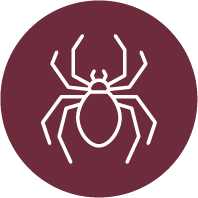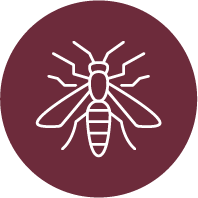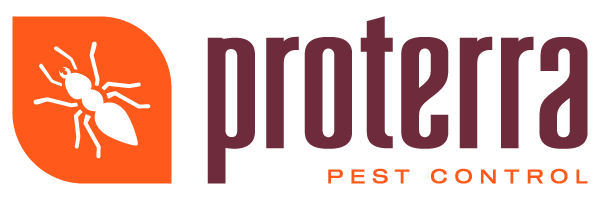Navigating Crawl Space Pest Challenges: Expert Insights
Crawl spaces, often ignored in routine home maintenance, can become hotbeds for pest infestations. These hidden areas present unique challenges in pest management due to their accessibility issues and favorable conditions for pests. Understanding the complexities of crawl space pest control is essential for homeowners. We will offer expert insights into effectively navigating these challenges, ensuring a healthy and pest-free home environment.
Identifying Common Crawl Space Pests
Recognizing Pest Types
The first step in effective pest management is identifying the types of pests commonly found in crawl spaces. These often include rodents, termites, spiders, and ants. Each pest has specific behaviors and signs, such as droppings, webs, or damaged wood, which help in their identification.
Understanding Pest Behavior
Knowing the behavior of these pests is crucial for effective control. For example, rodents are attracted to crawl spaces for shelter, while termites seek out moist wood. Understanding these behaviors aids in creating targeted strategies for control and prevention.
Assessing the Extent of Infestation
Assessing the level of infestation is vital in determining the appropriate control measures. A few spiders may require simple removal, whereas a termite infestation could signify a larger problem needing more aggressive treatment.
Preventative Measures
Regular Inspections
Routine inspections are key to early detection of pest problems. Regular checks help identify signs of infestation before they become more serious. This includes looking for pest droppings, nests, or structural damage.
Moisture Control
Crawl spaces are prone to moisture, which attracts many pests. Installing vapor barriers, ensuring proper ventilation, and addressing water leaks are effective measures to control moisture levels. Dry environments are less hospitable to pests like termites and ants.
Sealing Entry Points
Pests often enter crawl spaces through cracks and gaps in the foundation. Sealing these entry points is an effective way to prevent infestation. Regular maintenance checks for potential entry points are crucial in keeping pests out.
Effective Control Strategies
Choosing the Right Treatment
Once an infestation is identified, selecting the appropriate treatment is crucial. This might include traps, baits, or chemical treatments. The choice of treatment depends on the type of pest and the severity of the infestation.
Safe Application of Pesticides
If chemical treatments are necessary, their safe application is crucial. This includes following manufacturer instructions and considering the potential impact on non-target species and the environment. In some cases, professional application may be advisable.
Continuous Monitoring
After implementing control measures, continuous monitoring is essential to ensure their effectiveness. Regular checks help in assessing the success of the treatment and identifying any need for adjustments or additional measures.
When to Call Experts
Professional help should be sought in cases of severe infestations or when DIY methods fail. Experts in pest control have the knowledge and tools to safely and effectively manage crawl space pest challenges.
Navigating the challenges of crawl space pest control requires a combination of knowledge, preventative measures, and effective treatment strategies. Homeowners can significantly mitigate the risks associated with crawl space pests by following these expert insights. Regular maintenance, combined with professional guidance when needed, ensures a healthy and secure home environment.
Facing persistent pest issues in your crawl space? Reach out to our team of experts for comprehensive solutions and ensure your home remains safe and pest-free.

